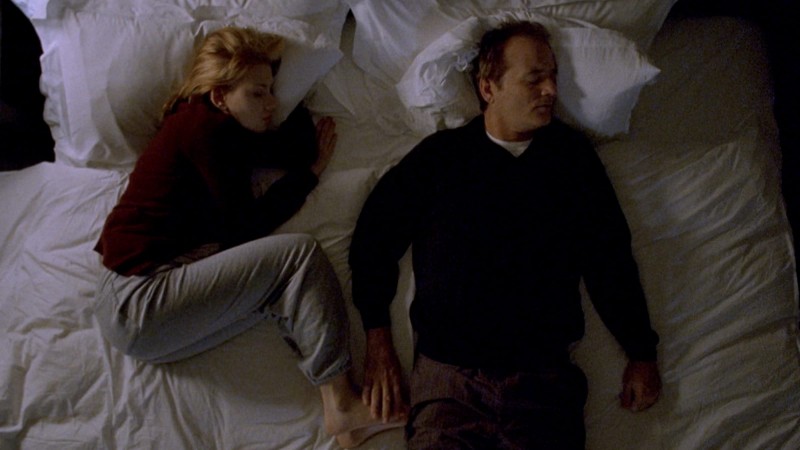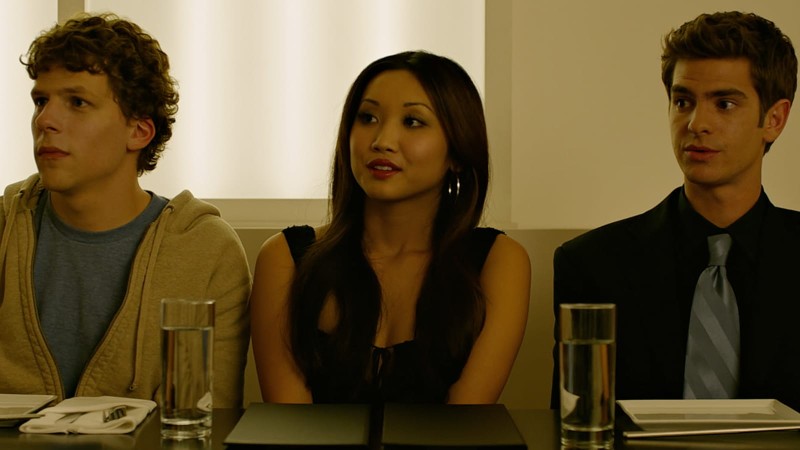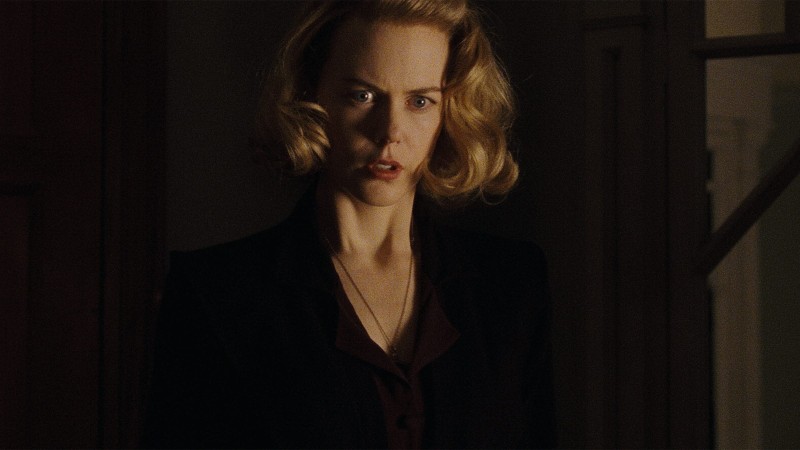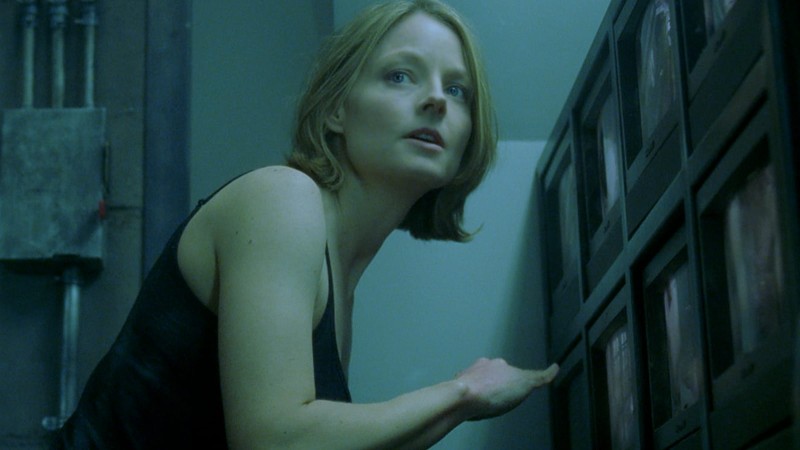The Art of Lighting a Comedic Thriller
In 1942, Ernst Lubitsch made one of the riskiest movies of his career: a hybrid of suspense, satire, and screwball comedy that took a real-life crisis—the Nazi occupation of Poland—as its backdrop. While critics have long credited the ingenious screenplay and charismatic performances with the success of To Be or Not to Be, there’s a much less discussed element of film style that contributes to the movie’s seamless movement between disparate tones and genres. For the latest episode of Observations on Film Art, the Criterion Channel’s monthly dose of film school, Professor Kristin Thompson explores how Lubitsch and cinematographer Rudolph Maté make sophisticated use of three-point lighting to differentiate planes of action, and to mark the film’s daring shifts from farce to espionage thriller to dark drama. Learn a little about the history of this widely used cinematographic technique in the above teaser, then head to the Channel to watch the full episode along with our edition of To Be or Not to Be.




